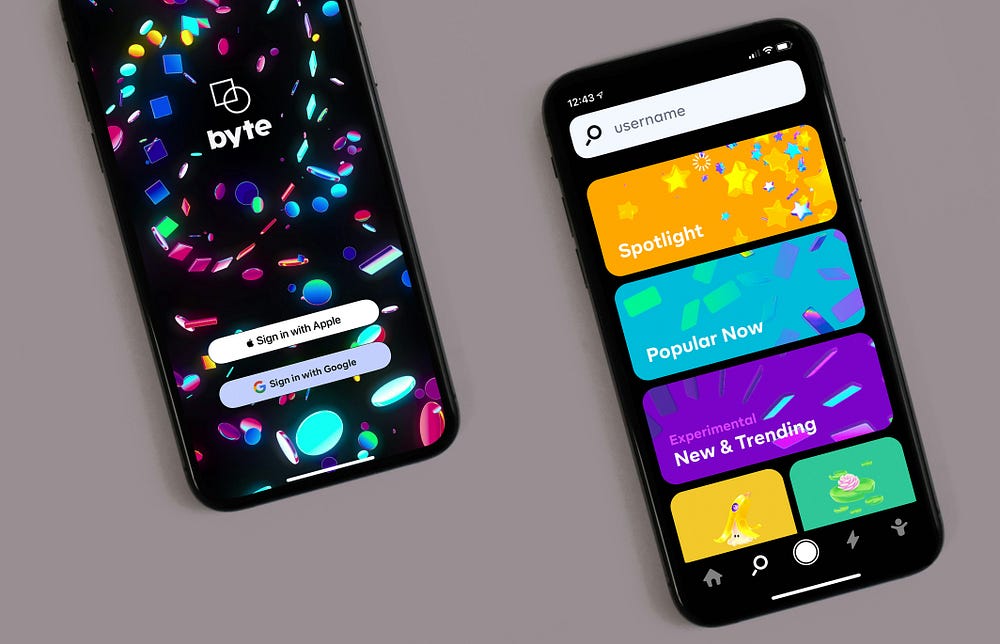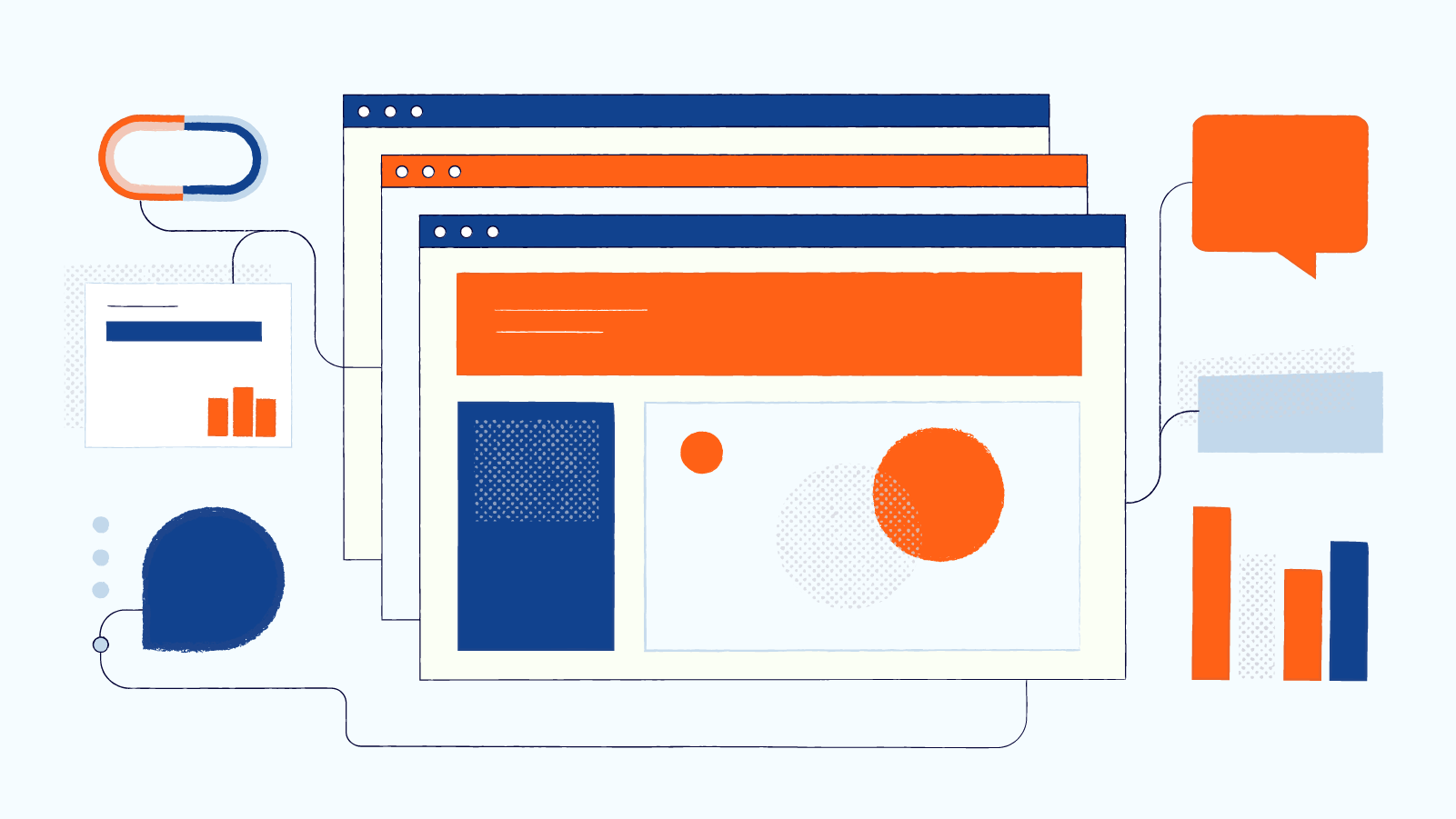Leveraging Artificial Intelligence to Navigate Constant Change

The past few years have proven that innovation is constant and businesses must be willing to reinvent themselves. The pandemic forced everyone to shift gears and get innovative quickly. As things stabilize into a new normal, brands have to get savvy about evolving with the times.
Artificial intelligence is undisputedly at the forefront of driving transformation across all industries. With AI, you can gain real-time insights into supply chain hitches or shifting customer demands to pivot on a dime.
Whether brands are ready or not, AI adoption is fast becoming a make-or-break issue. Early adopters are pulling ahead with strategic advantages thanks to data-powered decision making. AI allows teams to spend less time gathering information manually. Instead, they can devote more energy to turning AI findings into cutting-edge offerings that customers will love.
In short — if staying relevant matters, it’s time for organizations everywhere to tap into AI’s game-changing potential. With AI as their partner, the most forward-thinking brands will develop exciting new products and experiences to engage audiences and gain the competitive edge for the future.
How Brands Are Exploring AI’s Potential

As marketing strategies evolve, it’s important to understand how artificial intelligence may influence the future of the industry. While adoption varies, AI is being tested and applied in thoughtful ways across many sectors.
Pioneering brands continuously experiment with new technologies to enhance customer experiences. Ecommerce in particular has embraced AI to personalize journeys. Other industries are discovering applications like chatbots, recommendations and audience segmentation.
On the branding front, AI shows promise for uncovering deeper consumer insights. When applied ethically and governance is prioritized, the learnings could prove invaluable. Generative design also taps new levels of creativity.
Of course, integration challenges remain. Skill shortages are real, so outside guidance is often crucial. Potential biases warrant open discussion.
Rather than see AI as intimidating, may we view it as an opportunity for progress — if led by people dedicated to understanding humanity. Collaboration between technology and empathy may yield the most beneficial solutions.
For any brand, the steps begin small. Observation of peers, research, testing — all done with care, rigor and respect. Tomorrow’s possibilities emerge from today’s mindful efforts to understand audiences and serve their well-being. If approached in this spirit, AI could positively impact people and businesses alike.
How AI and Creatives Can Collaborate
Graphic design sits at the intersection of art and technology. As computational abilities advance, some wonder — will AI replace human designers? Rather than see them as competitors, may we view machines as collaborators with their own strengths to offer?
- Efficiency in Routine Tasks: Already, certain routine tasks have been automated through AI-powered tools. Template-based design, icon generation, mockups and basic formatting all benefit from machine assistance.
This frees up 30–50% of a designer’s time for nuanced brand expression that taps humanity. For example, Adobe Stock uses AI to generate millions of design variations based on user input, empowering creativity while streamlining workflows.
- Personalization at Scale with AI: Where AI truly shines is in personalization at scale. Algorithms powered by consumer preferences and behavior breathe new life into static branding. Targeted messaging, dynamic design elements, and customized visual identities allow deeper consumer understanding and connection.
Numerous brands experiment successfully. Anheuser-Busch developed an AI concept generator that transformed boring brand guidelines into excitement. Lego leveraged AI to mass-produce unique avatars for every child. In each case, machines supplemented without replacing the human perspective so crucial to brands.
By thoughtfully designing systems together, technologists and designers can achieve what neither could alone. An open and collaborative relationship respects both artificial and human strengths. If partnerships prioritize empathy, accountability and humanity’s role, the blending of art and science holds untold potential for businesses and individuals alike. Progress emerges through patience, care and understanding between disciplines.
Exploring AI’s Role in Audience Targeting

As customer expectations evolve rapidly, brands seek new ways to effectively yet sensitively reach audiences. Artificial intelligence shows promise if guided by a spirit of understanding and mutual progress between business and consumer.
- Unveiling Hidden interests: By analyzing aggregated anonymized data, AI discovers nuanced patterns revealing audiences’ real interests far better than surface demographics alone.
When Prioritizing transparency, this deeper insight informs more personalized outreach and relevant experiences respecting individuals. A study by Epsilon found that personalized emails based on past purchase behavior and browsing history led to a 7x increase in click-through rates compared to generic campaigns.
- Micro-Targeting with meaning: From purchasing patterns to expressed values, machine learning algorithms group consumers not by broad stereotypes but finely-grained shared qualities of thought. This micro-targeting tailors messaging where it meaningfully resonates rather than indiscriminately interrupts.
According to McKinsey, companies that personalize their marketing efforts see an average revenue increase of 5–15%.
- Continuous Learning and Optimization: Continuous evaluation also helps optimize wherever opportunities emerge to better serve while avoiding potential harms.
Advertising approaches evolve through open-minded testing and evaluation prioritizing well-being, integrity and building trust over short-term gains. For example, Netflix uses AI to recommend shows with 90% accuracy, leading to increased user engagement and satisfaction.
- Building Trust Through Transparency: If designed judiciously through multidisciplinary cooperation, AI holds potential to enhance how brands and customers positively understand each other.
A study by PwC found that 73% of consumers are more likely to trust a brand that is transparent about its use of AI.
- Collaboration for Shared Progress: Progress depends on an attitude openly acknowledging its imperfections and focusing collaboration on progressing human relationships over technocratic goals alone. An approach emphasizing care, learning and betterment for all seems most likely to earn willingness and loyalty.
AI is a tool, and like any tool, its impact depends on the hands that wield it.
Enhanced Digital Experiences Through Mindful AI

As interfaces mediate more of daily life, designing quality user experiences (UX) matters immensely. AI shows potential here by supporting rather than supplanting human-centered principles.
- Unveiling Usage Patterns: Thoughtful application of machines’ analytical strengths can illuminate subtle usage patterns difficult for designers alone to perceive.
With governance ensuring privacy and psychological well-being, such insights cultivate more seamless, helpful experiences.
- Personalization with Empathy, Not Exploitation: Personalization too enhances relevance when powered by empathy, not exploitation of data. AI tailors useful content, recommendations and functionality to enrich each interaction.
Continual learning across all touchpoints ensures continuous betterment for all. A company like Spotify cultivates this approach — AI curating playlists that feel attuned instead of imposed. Resonating with users’ innate tastes deepens engagement and loyalty in a mutually affirming relationship between business and clientele.
- Mindful AI Assistants: In moderation and under careful supervision, chatbots and assistants also augment service directing complex queries respectfully while freeing personnel for complex human matters.
Natural language processing, while advancing, remains imperfect. Only compassionate human guidance can safeguard each user’s dignity and worthwhile experience. Technical function serves a role, but caring oversight must prioritize building trusting relationships that uplift individuals.
- Every implementation necessitates open collaboration between disciplines. By prioritizing holistic wellness and partnership over singular function, judicious AI integration nurtures interfaces serving real users and real human needs — not just productivity but quality of life as well. Progress happens through patience and care.
“AI is most powerful when it amplifies human strengths and creativity, not replaces them.”
Technological advancement moves at a rapid pace, driven by developments in artificial intelligence and other areas. While such changes introduce challenges, the potential benefits of responsible AI integration are significant.
However, true progress requires an approach grounded in empathy, collaboration and understanding limitations. Any tool is just that a means, not an end in itself. Our shared priority must be human well-being and dignity.
By prioritizing transparency, learning across disciplines, and ethical considerations in all decisions, businesses can partner with AI to better lives and communities. Technology then serves humanity, as an ally rather than a master.


